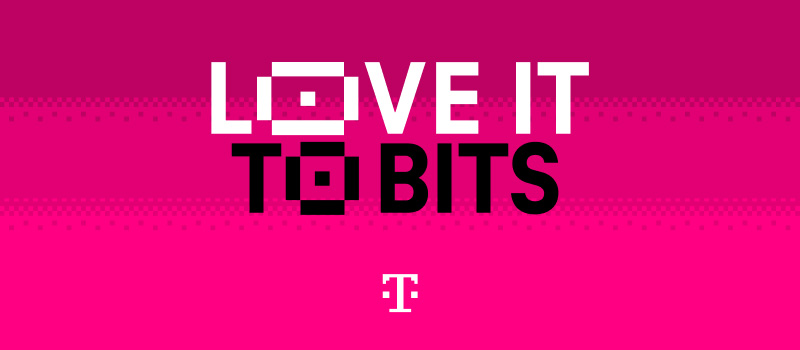A marketing brief is an important document that plays a key role in effective cooperation between a marketing agency and a client. It contains all the necessary information about marketing activities, advertising campaigns or promotions. Creating a good brief is extremely important, as it facilitates communication and precise definition of goals and affects the effectiveness of the activities carried out. Proper and detailed preparation of this document can shorten the process and increase the campaign’s effectiveness.
If you find it difficult to complete the text file and prefer to talk, do not hesitate to ask the agency for help. At Performante, we implement briefing meetings with clients to go through the below-mentioned areas together. Such an activity allows you to look at the marketing brief from several perspectives. Keep in mind that even after the brief has been thoroughly completed, a debriefing - an additional meeting that allows you to clarify the key issues identified at the outset - may be necessary. As an agency, we want to understand your company’s needs to the best of our ability, so that the cooperation in the following months is effective and, most importantly, helps achieve your organization’s key goals.
Below are five key principles for creating a brief - to help you effectively determine your marketing campaign needs.
-
Define the purpose of the activities: Consider the key areas that the agency should focus on and where the organization needs support. Answering the question “what do I want to achieve?” and “why do I need to implement a particular activity or campaign at this particular time?” can help define these aspects. The purpose of marketing activities should be a natural complement to the company’s business and strategic objectives. Defining a precise goal will enable the agency to select the right strategy and tools to achieve the desired results.
-
Explain the company offer: Another important element in a marketing brief is the presentation of the key products or services around which the campaign will be centered. The agency must have a good understanding of the brand, its strengths, weaknesses, and differentiators. It is also important to highlight how the offer is better than its competitors’ products. This knowledge will allow the agency to better promote and differentiate the company in the market based on its strengths and unique values. Remember that even the best marketing campaign will not have the desired effect if it is not built on a solid foundation. If defining competitive advantages is a challenge for you, invite the team that works with your solutions on a daily basis to join the conversation or organize a workshop with us. We will help you find your differentiators and show them to the world.
-
Identify your key audiences: The marketing brief should include information about the target group to be addressed. Why? Imagine a simple example from recent months - the topic of AI, which you probably hear everywhere - you will tell the story differently to a person from generation X, Z, or Y. It should be the same with any marketing campaign: you must determine age, demographics, and other characteristics such as location, needs, motivations, or interests. Such an overview will help precisely define the group of key audiences, thus creating a “tailor-made” communication, that is, an effective one. Defining the target group affects the effective construction of personas which helps target marketing activities to the right audience. If your organization has not yet defined a target audience, you can start by asking: “Who are we speaking to?”, “Who needs the product/service I want to promote?” or “Whose problems does my product/service solve?“.
-
Locate the available resources: A good briefing considers t the resources available to the company. This can include websites, product catalogs, creative materials and visual identity assets (key visual, brand book). Providing the agency with full information on available resources will help maintain consistency and effectively use existing marketing tools. If your organization needs to base its communications on global guidelines, this will also allow you to avoid a situation where the materials prepared diverge from existing standards for creative materials. The saying “the more, the better” does not apply in every area. However, in the case of a marketing brief, it perfectly reflects its nature - the more you tell an agency in a marketing brief, the more thoroughly the team will get to know your company, the challenges, goals, and aspects theyshould pay attention to.
-
Set budget and deadlines: Last but not least, determine the limits for the marketing efforts related to the briefing. The budget will allow you to establish a realistic scope of activities and adjust the strategy to the financial resources available. Sharing information about available funds and time expectations with the agency as early as possible will help them create a fully viable proposal and save the time needed for subsequent iterations of changes or adjusting to the budget after creating a base proposal.
In addition to the above, consider including preferred communication channels, calendar of activities, contact person and any restrictions on marketing communications. This additional information will help the agency better understand expectations and tailor activities to the organization’s current needs. The more information included in your marketing brief, the better idea your team will have of the essence of the task.
Be sure to include additional information that will help the agency better understand your expectations. If you have any questions, please contact us and our team will guide you smoothly through the process.





